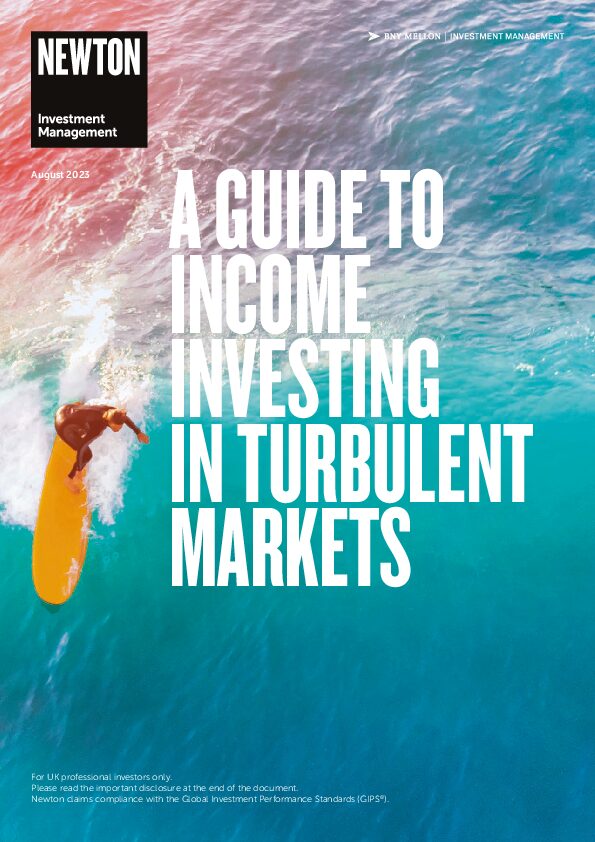Reasons for income
After the pandemic-induced and broad-based dividend cuts and suspensions of 2020, we witnessed a strong global dividend comeback over the last two years. But we believe there is more to come, and see a number of reasons why income-paying stocks should remain attractive for investors.
-

Dividend income payouts look sustainable -

A positive shift in the macroeconomic environment -

Income stocks remain inexpensive -

Income stocks can provide diversification
What Newton offers
Experienced team uses strict ‘buy and sell’ yield discipline
The Global Equity Income strategy is run by three highly experienced portfolio managers with more than 70 years of combined investment experience. The strategy has used the same consistent and disciplined approach to stock selection since inception in 2006.
-

James A Lydotes
Head of equity income and deputy chief investment officer, equity
Multidimensional research platform
Our team benefit from a toolkit like no other which combines fundamental security-specific research with other specialist insights including thematic, ESG-focused, quantitative and investigative research.
Your capital may be at risk. The value of investments and the income from them can fall as well as rise and investors may not get back the original amount invested.
Analysis of themes may vary depending on the type of security, investment rationale and investment strategy. Newton will make investment decisions that are not based on themes and may conclude that other attributes of an investment outweigh the thematic structure the security has been assigned to.
Newton manages a variety of investment strategies. How ESG considerations are assessed or integrated into Newton’s strategies depends on the asset classes and/or the particular strategy involved. ESG may not be considered for each individual investment and, where ESG is considered, other attributes of an investment may outweigh ESG considerations when making investment decisions. ESG considerations do not form part of the research process for Newton’s small cap and multi-asset solutions strategies.




